Retro Replay Review
Gameplay
The core gameplay of Labyrinth combines the classic maze exploration of Gauntlet with adventure-driven objectives, creating a frantic yet strategic experience. Players guide Sarah through a series of twelve distinct mazes, each hiding a precious coin and a fragmented piece of a magical key. Progression hinges on collecting both items: the coins are your ticket to confronting Jareth, while the key pieces unlock new regions, adding a compelling layer of exploration and reward to every twist and turn.
(HEY YOU!! We hope you enjoy! We try not to run ads. So basically, this is a very expensive hobby running this site. Please consider joining us for updates, forums, and more. Network w/ us to make some cash or friends while retro gaming, and you can win some free retro games for posting. Okay, carry on 👍)
Time management is critical in Labyrinth. You start with a mere 13 minutes on the clock, and each hit from an enemy chips away at that precious countdown. This mechanic adds palpable tension: should you dash straight to the next coin, or detour through hidden corners in search of time pickups? Balancing speed and thoroughness becomes an art in itself, and repeated plays often reveal shortcuts or secret alcoves that shave precious seconds off your route.
Combat is deceptively simple. Sarah’s only weapon is an endless supply of stones, thrown in four directions to dispatch goblins, fireballs and various maze-dwelling creatures. Early on these projectiles feel underpowered, but with upgrades and the help of familiar allies—like Hoggle or Ludo—Sarah’s offensive capabilities grow. Your choice of companion can influence your approach: some sidekicks fire faster projectiles, while others block or slow enemies, offering a subtle strategic twist.
The design of each maze area injects fresh challenges: the Hedge Maze constantly reshuffles its walls, the Fiery Forest teleports you arbitrarily to new clearings, and the underground caverns are a sprawling network that demands both map-reading and memorization. Unlocking new mazes by assembling the key fragments provides a satisfying sense of progression, while looping back to previous areas with enhanced firepower or time reserves helps you claim any missed coins. Overall, Labyrinth’s gameplay strikes a strong balance between exploration, combat and clock-driven urgency.
Graphics
On its original platform, Labyrinth’s graphics deliver a faithful nod to the film’s iconic sets, rendered in vibrant 8-bit colors. The detail on Sarah’s sprite—complete with her signature blue dress—and Jareth’s menacing silhouette in the distance instantly evoke the movie’s atmosphere. Background tiles capture the twisted architecture of the Goblin King’s realm, from gnarled trees to ominous castle walls, while animated elements like flickering torches and shifting hedges add a dynamic feel.
While primitive by modern standards, the sprite animations are surprisingly expressive. Sarah’s throwing motion is clear and responsive, and enemies wobble or recoil when hit, reinforcing combat feedback. Each maze’s unique visual gimmick comes through clearly: the Hedge Maze’s moving walls animate smoothly as they reconfigure, and the Fiery Forest’s teleport pads glow with a distinct hue. These touches keep the environments visually distinct and help players quickly adapt to each area’s rules.
The color palette strikes a good balance between moodiness and clarity. Dark stone corridors can feel foreboding, but important items like coins and key fragments always pop against the backdrop. A few screen transitions—such as entering the central castle gates—feature simple scrolling or fade effects that heighten anticipation. Overall, Labyrinth’s graphics do more with less, using bold shapes and colors to conjure a sense of adventure rather than relying on flashy visual flourishes.
From a technical perspective, the frame rate remains steady even when multiple enemies swarm the screen, ensuring smooth control and reliable collision detection. Sound design complements the visuals: a spindly, echoing soundtrack underscores your urgency, and sound effects for throws, hits and time pickups are punchy. While the game is clearly a product of its era, its visual and audio presentation work in tandem to immerse players in a perilous, ever-shifting maze world.
Story
Labyrinth faithfully adapts the narrative beats of the Jim Henson film, recasting Sarah’s journey into interactive form. The overarching goal—to rescue her baby brother Toby from the Goblin King’s lair—provides clear motivation, but the game’s segmented maze structure reveals the story in small, digestible chunks. Each coin you collect feels like a narrative milestone, a step closer to Jareth’s ominous castle.
Although dialogue is minimal, character cameos are plentiful. Friendly goblins, as well as Hoggle, Ludo and Sir Didymus, appear to aid Sarah once certain objectives are met. These encounters aren’t just cosmetic: they often accompany key-fragment rewards or open new passages, weaving story and gameplay together. This synergy helps you feel part of Sarah’s quest, rather than just navigating an abstract series of mazes.
The game’s pacing mirrors a fairy-tale quest: after an initial briefing, you’re thrust into the maze world immediately, with only brief interludes when new areas unlock. This maintains momentum but occasionally sacrifices deeper narrative beats. Players looking for lengthy cutscenes or voice acting may be disappointed, yet the minimalist storytelling keeps the focus on exploration and time pressure, evoking the film’s dreamlike urgency.
Ultimately, Labyrinth’s narrative impact relies on player imagination and familiarity with the source material. Fans will appreciate recognizable set pieces—like the Escher-inspired staircases—transposed into maze form. Newcomers still get a coherent story arc: find coins, assemble the key, breach the castle, and confront the Goblin King. It’s a straightforward tale, but one elevated by clever level design and well-integrated character cameos.
Overall Experience
Labyrinth offers a uniquely tense and rewarding adventure that stands out among maze games of its era. The blend of exploration, combat and time management keeps every playthrough engaging, especially once you start memorizing maze layouts and optimizing your route. Despite a steep initial learning curve, repeated plays reveal hidden shortcuts, time caches and companion strategies that significantly enhance replay value.
The difficulty can feel punishing: a single hit costs you valuable seconds, and the clock never stops ticking. Yet this challenge is part of the game’s charm, encouraging you to master its systems rather than simply brute-forcing each level. For players who enjoy timed puzzles and precision throw-and-dodge mechanics, Labyrinth delivers a highly satisfying test of reflexes and strategy.
While its graphics and sound reflect the limitations of early hardware, the overall presentation successfully transports you into the Goblin King’s domain. Memorable environmental gimmicks—like wandering hedges and teleport forests—ensure that no two mazes feel the same. The addition of friendly characters from the movie not only delights fans, but also adds tactical variety to combat encounters.
In sum, Labyrinth is a must-play for enthusiasts of classic maze-based adventures and fans of the Jim Henson film alike. Its mix of frantic action, clever level design and film-inspired atmosphere creates an experience that remains engaging decades later. If you’re seeking a challenging title that rewards both quick thinking and thorough exploration, Labyrinth stands as a shining example of early adventure game design.
 Retro Replay Retro Replay gaming reviews, news, emulation, geek stuff and more!
Retro Replay Retro Replay gaming reviews, news, emulation, geek stuff and more!
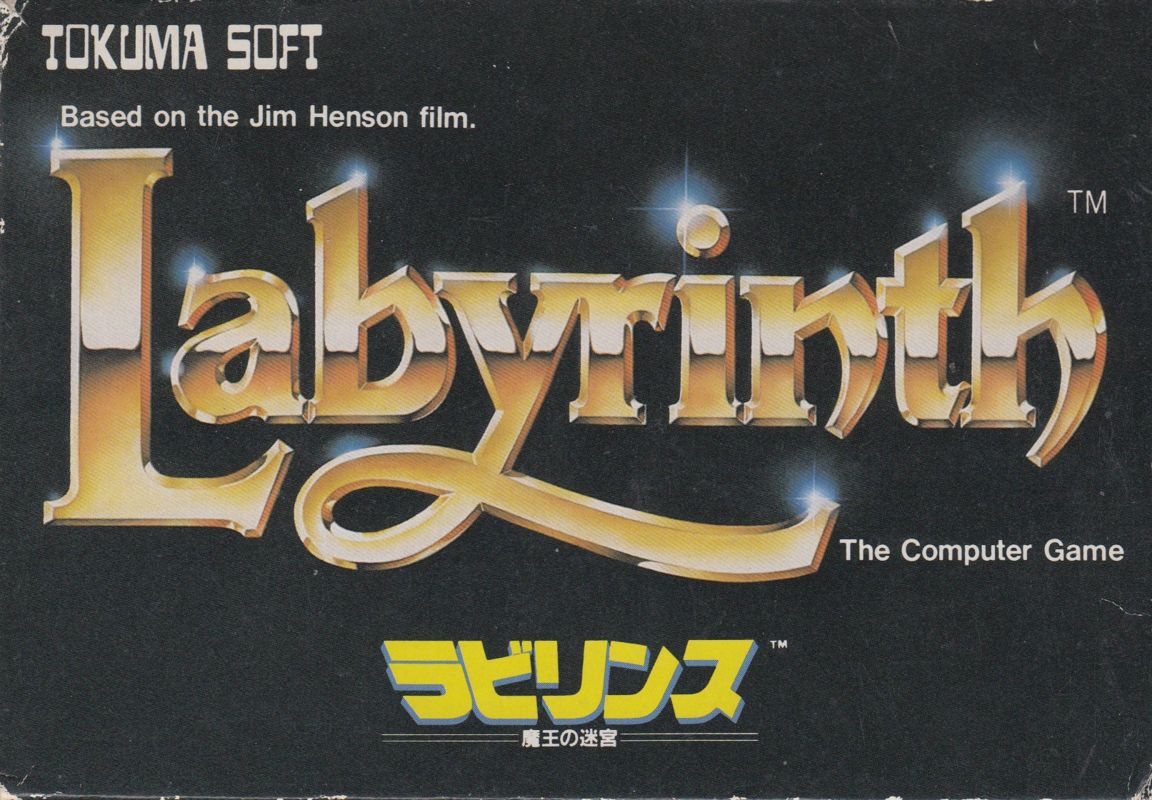
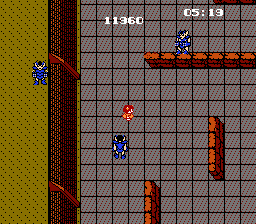
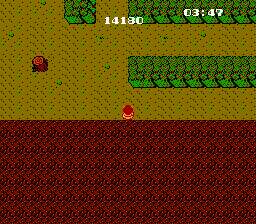

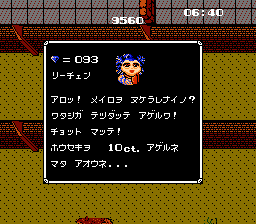
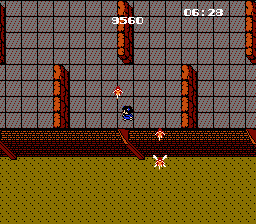
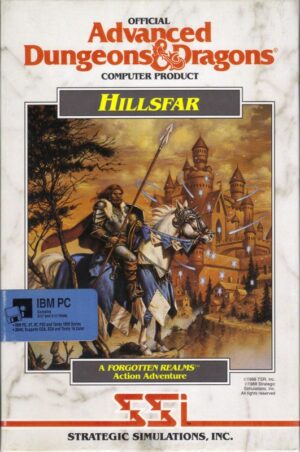


Reviews
There are no reviews yet.